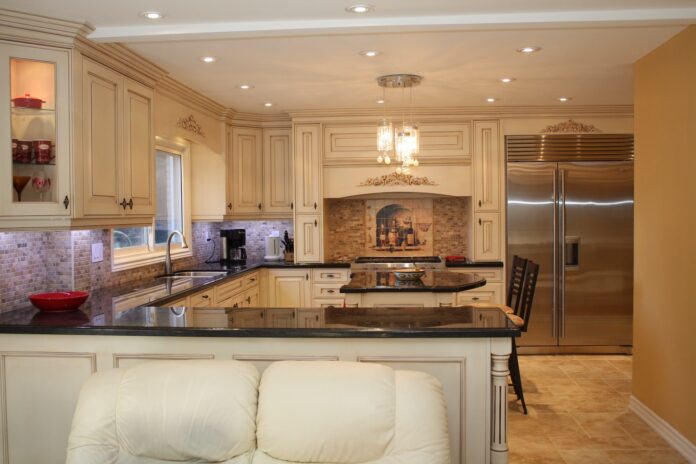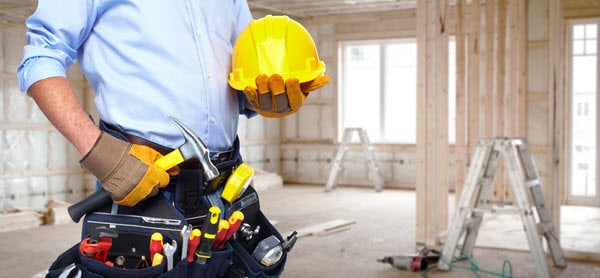Researching your kitchen remodeling plans is essential to avoid issues later in your project. So, how do you start your kitchen remodel? Let’s check the important steps you need to take before starting your next kitchen remodeling project.
Always Begin with Determining The Scope of Your Kitchen Remodel
By mapping out your kitchen remodel and detailing everything you intend to include, you take the best steps toward avoiding going over the budget and unexpected drawbacks. This process is essentially one of the preventive measures, and it may include researching related styles until you can narrow your favorites down to a single motif.
Locating the right creative pro to work with could be your next priority. Then, detailing the entire range of work and calculating a budget should follow with ease.
You must first ponder how far you plan to go with the remodel.
Will it be entirely cosmetic, or are you tearing it all out and starting from scratch? Will it require plumbing or electrical work? So many options present themselves, and it’s easy to become overwhelmed.
After you’ve done the research, try putting together a wish list, compare it with your budget, and start there.
You can begin preliminary work right now, especially if you have any sort of craft background. You may want to make an “idea book,” which is essentially a scrapbook dedicated to the kitchen ideas you find appealing.
Inside, all manner of related clippings are pasted tastefully throughout the pages, as well as photos of various kitchen wares you desire or want to emulate. It’s a great way to start your project, as it will provide some source material to reference.
Employing the services of a designer, architect, or contractor will make your endeavor much easier and more accurate.
Any one of the three can help narrow the project’s scope and work out the logistics until they are entirely compatible with your established budget. If you can consult with more than one recommended adviser, a second opinion should never be overlooked.
Ask family or friends if they would confidently refer someone they’ve worked with previously. They’ll likely only recommend those whose results were satisfactory. You should also check online, call, and schedule interviews with other local laborers.
Ask to see examples of their work – in person, if possible.
Once you have two or three candidates you’re interested in, have them come to your home to look at the area and discuss the possibilities. They’ve already won you over by asking the right questions and assuredly throwing around some general numbers.
Now, you can get down to business. Find out what they’ll need to make this happen.
One of the questions a pro might ask you is whether you are doing the remodel within or around the existing design.
Do you plan to move the sink or gas range, which would mean doing another level of work? Do you want it to open to another room it currently doesn’t?
They may advise you to consider that characteristics specific to the home, such as age, type, and layout, must all be weighed in the scheme of what’s to be done.
It would be best to get a general idea of the cost for every idea you have. The right collaborator will be able to provide you with accurate information. This consistent interaction will be beneficial to maintaining a relative budget.
That could be the last step in determining the scope of the project—the budget.
Review the list with the contractor and factor in everything you want: new appliances, countertops, cabinets, tile, flooring, lights, etc. The more you become aware of and settle on your vision, the easier this discussion will be.
Your professional contractor can tell you what’s realistic, urge you to compromise when necessary, and keep you in the realm of practicality.
Remember, you’re in the driver’s seat; you’re the boss. Be prepared to assume that role and all its responsibilities, including making decisions. Once the project starts, you can relinquish the reins to your chosen professional, and you’ll probably be happy to do that by then!












